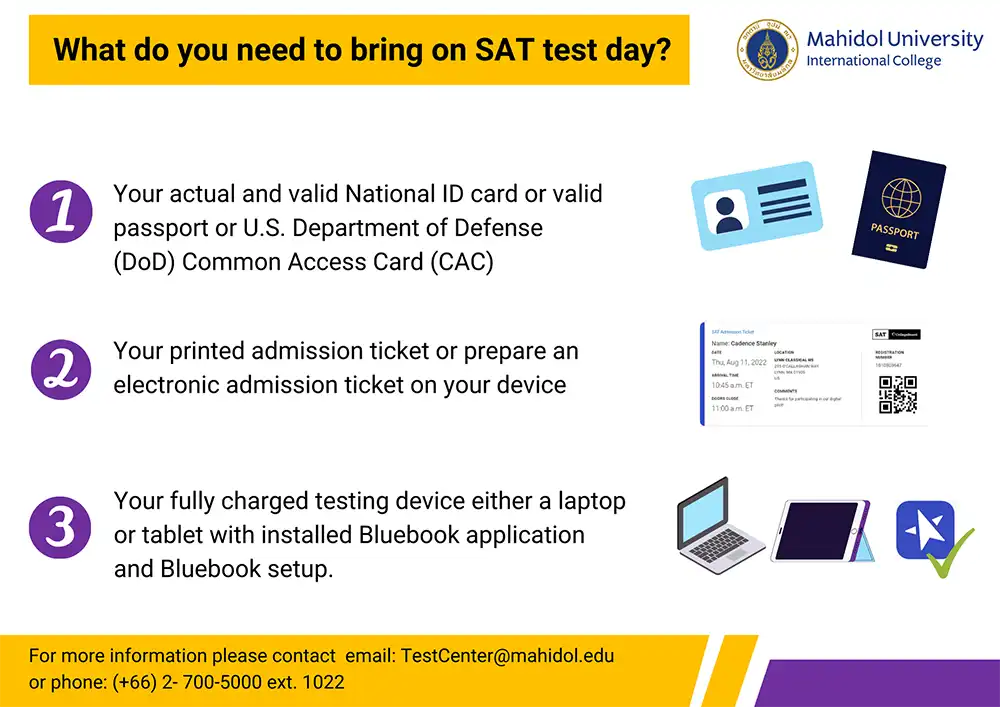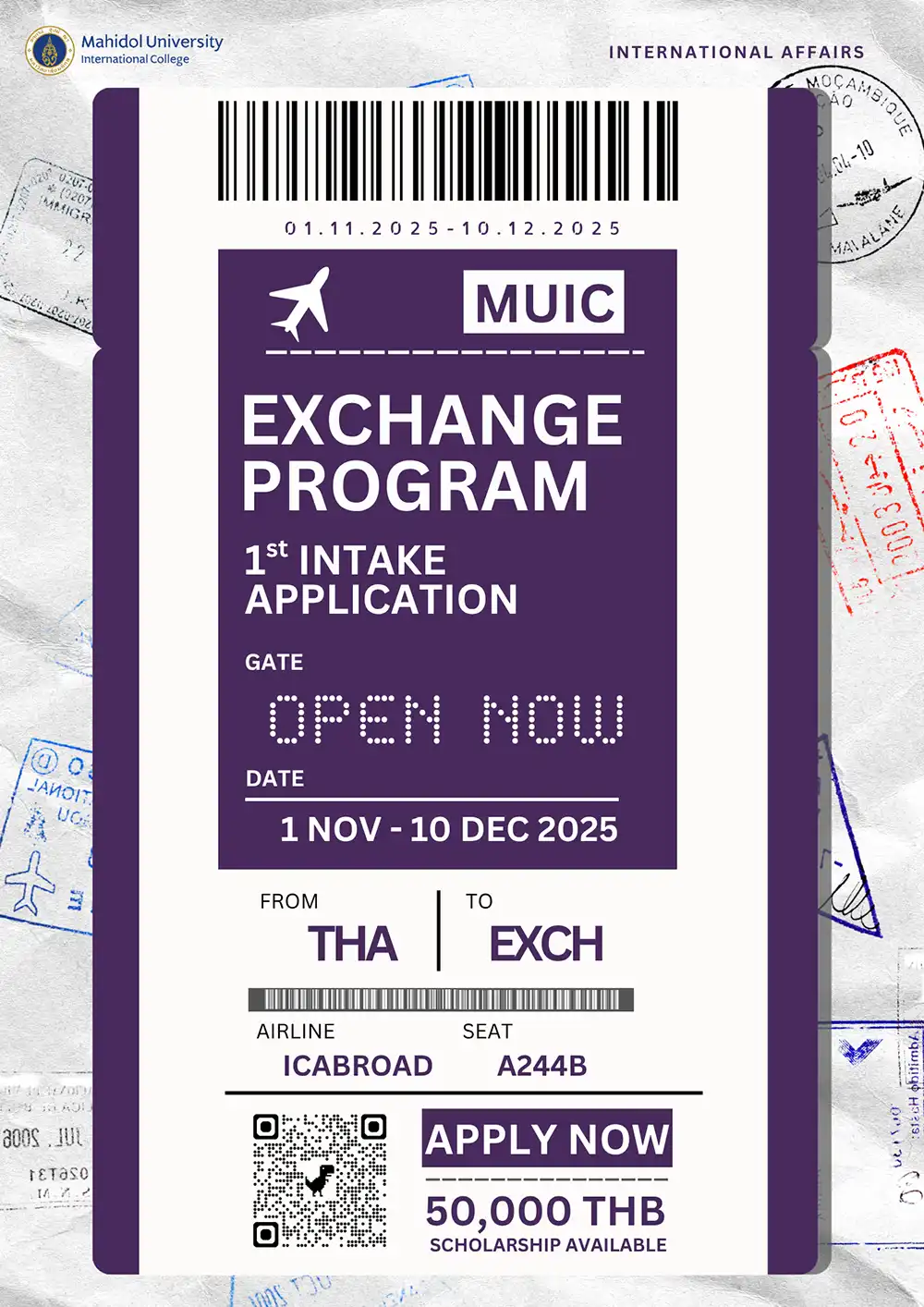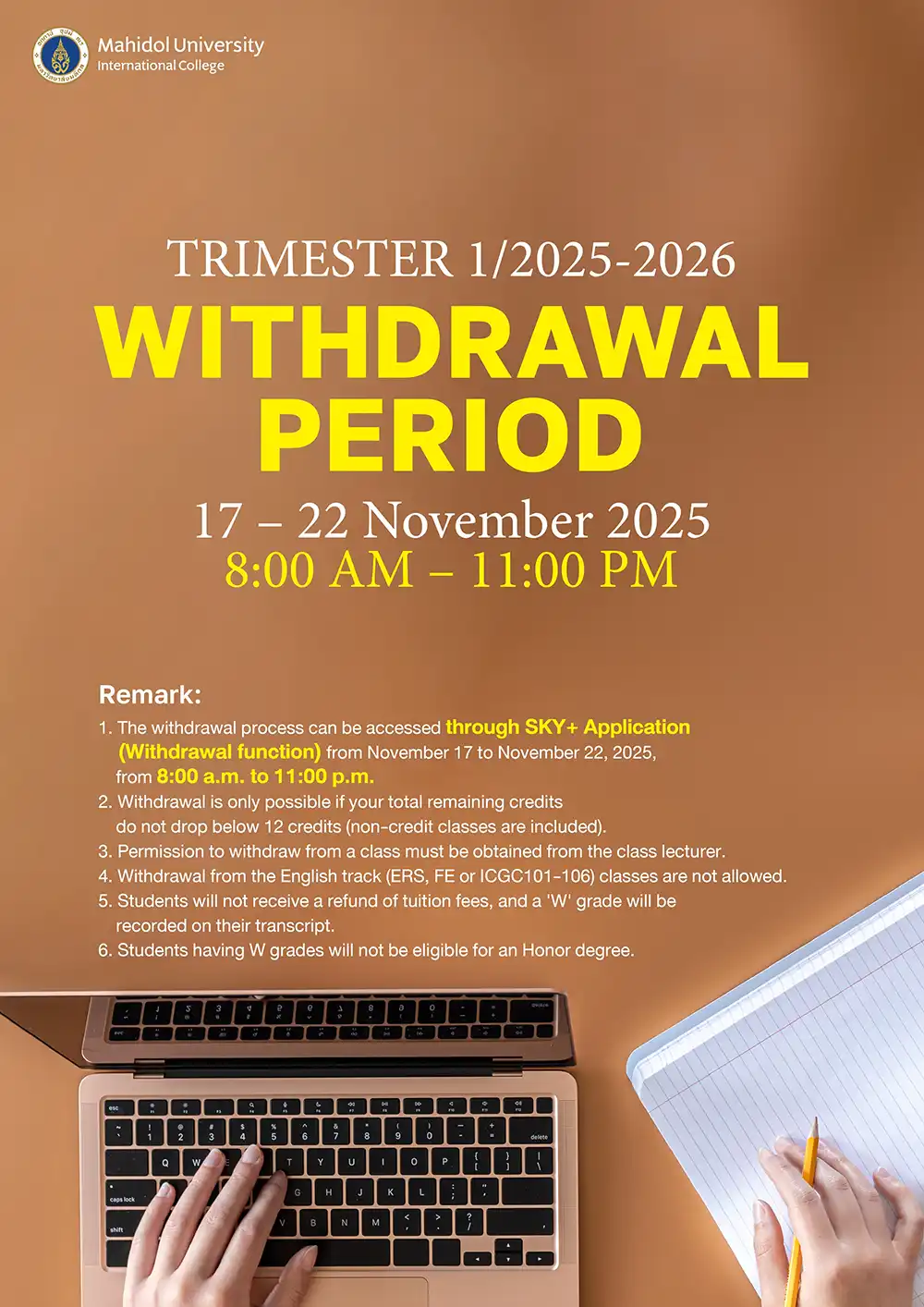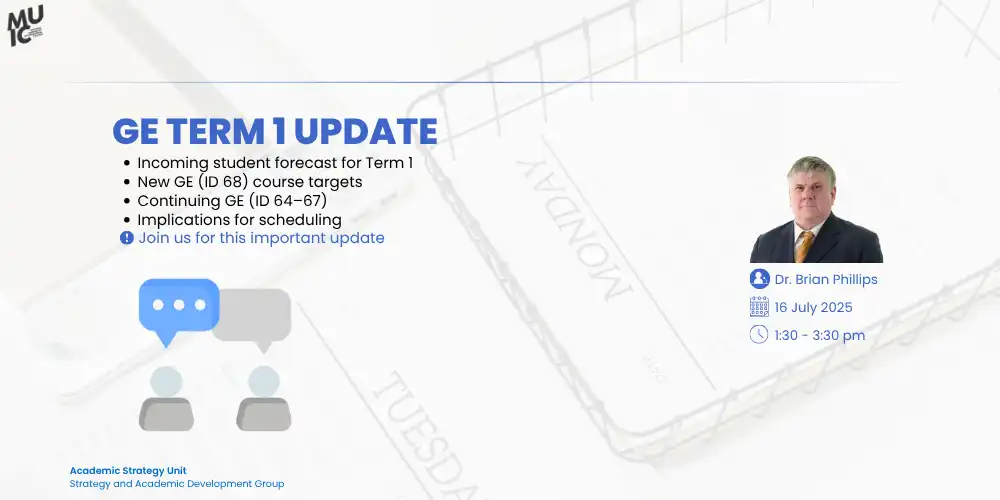AI in Teaching and Learning: A Practical Guide to Implementing the AI Assessment Scale
April 22, 2025 2025-04-22 4:09AI in Teaching and Learning: A Practical Guide to Implementing the AI Assessment Scale

AI in Teaching and Learning: A Practical Guide to Implementing the AI Assessment Scale
Title: AI in Teaching and Learning: A Practical Guide to Implementing the AI Assessment Scale
Date & Time: Monday, 31 March 2025 from 9:00 – 11:30 am
Venue: ZOOM platform
Conductors: Asst. Prof. Dr. Chompunuch Pongjit & Asst. Prof. Dr. Ruchi Agarwal
In the rapidly evolving educational landscape, the integration of Artificial Intelligence (AI) has become a pivotal consideration for institutions aiming to enhance teaching and learning experiences. Mahidol University International College (MUIC) has proactively addressed this by establishing a structured policy to integrate AI ethically and effectively in teaching and learning. This policy underscores the institution’s commitment to leveraging AI responsibly to augment educational outcomes.
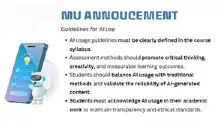
Central to MUIC’s policy is the AI Assessment Scale (AIAS), which categorizes AI usage into five distinct levels to align with varying educational objectives:
- No AI (Level 1): Students complete assessments without any AI assistance, relying solely on their knowledge and skills.
- AI Planning (Level 2): AI is utilized for preliminary tasks such as brainstorming and outlining, while the main work is independently developed by students.
- AI Collaboration (Level 3): Students engage AI tools for drafting and feedback, but are expected to critically evaluate and refine AI-generated content.
- Full AI (Level 4): Extensive AI usage is permitted, with students directing AI to achieve assessment goals, emphasizing critical thinking and problem-solving.
- AI Exploration (Level 5): Encourages creative and innovative use of AI to generate novel insights or solutions.
These levels provide a structured framework for both educators and students, ensuring clarity in expectations and promoting responsible AI usage. For instance, a course learning outcome focused on knowledge recall might align with Level 1, whereas objectives aiming for innovation could correspond with Level 5.

To maintain academic integrity, MUIC mandates transparency in AI usage. Students are required to submit an “AI Use Acknowledgment Statement,” detailing how AI tools were employed in their work. This practice fosters honesty and allows educators to assess the student’s original contributions effectively. Additionally, assessment methods are designed to promote critical thinking and creativity, even when AI is involved. Techniques such as comparative analysis and in-person follow-ups are employed to validate student understanding beyond AI-generated content.
Furthermore, MUIC emphasizes the importance of clear communication regarding AI policies within course syllabi. Lecturers are advised to specify permissible AI usage levels for each assessment activity and to provide guidelines on documenting AI involvement. This approach reduces ambiguity, encourages responsible behavior, and aligns student understanding with institutional expectations.
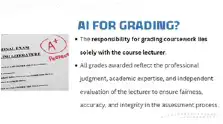
MUIC’s AI policy balances innovation with academic integrity. By setting clear guidelines, promoting transparency, and encouraging ethical AI use, the institution equips students with essential AI literacy while maintaining rigorous educational standards, ensuring that AI serves as a tool for empowerment rather than a shortcut to achievement.
